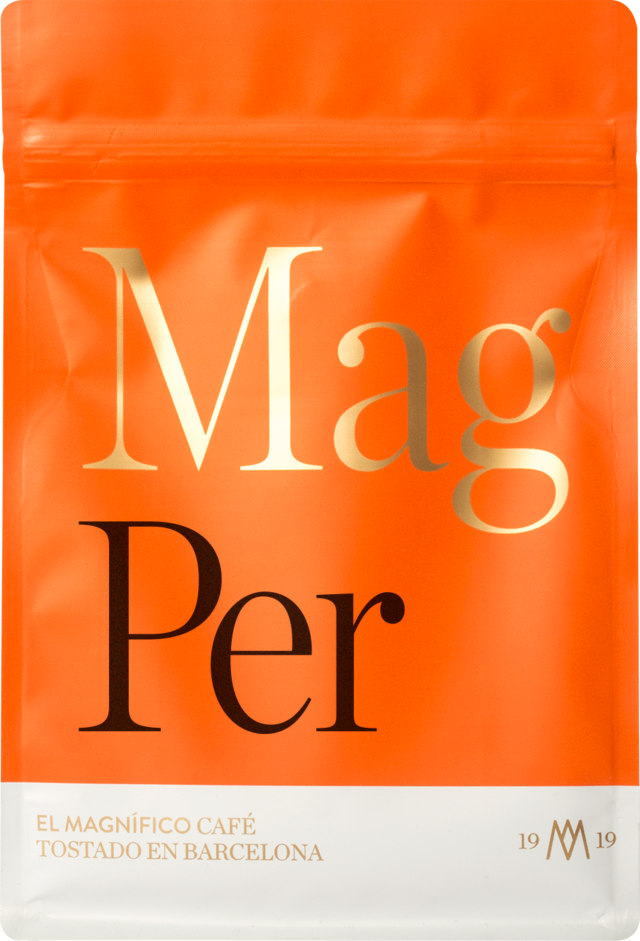
Peru El Campo
La Finca (The Farm)
This El Campo lot comes from the district of Callayuc, in the province of Cutervo. Coffee cultivation is a recent development here, particularly in the populated centres.
Lisanne, a trusted importer of ours, started working with three communities in 2020 in this province and the story behind this particular coffee is very dear to her. Lisanne came across an excellent microlot one day from a producer named “Susy” – this was the only information they had about the coffee, nothing more. Determined to find out more, she and her colleauge Dreyde set off on motorbike and drove for two and a half hours. Arriving in Callayuc, they began to ask around for Susy, and finally found her.
They tried her coffee again and loved it. On their return to the Jaén store, Lisanne was surprised to learn that her colleague Goti’s husband originally came from a community close to Callayuc. Eager to learn more about the growers in the area, she recruited Goti’s husband to introduce them to the community and help to establish a bond of trust.
Within a couple of weeks, they had received many samples, and made a selection of coffees based on the highest scores.
Process
Cherries are selectively harvested from June through to September. That same day they go to the pulper and are selected by float. They are then taken to fermentation tanks for around 48 hours, depending on climate and temperatures.
Once the mucilage is removed, it is passed through further washing channels and lastly it is dried in the sun with its parchment in patios for about 15 to 20 days.
Origin
Peru is the eighth largest coffee producer in the world. It has many farms between 1,600 and 1,800 metres above sea level, and predominantly grows the Typica and Bourbon varieties.
Historical data records the arrival of coffee plants to Lima in 1760 from the city of Guayaquil. The inter Andean valleys and high jungle of Peru provided a propitious terrain in which coffee could flourish. The altitude, heat and sufficient humidity of these areas meant that by the end of the 18th century, coffee had been positioned in the high semi-tropical forest of Huanuco, Moyabamba, Cusco and Jaén, in order to satisfy the growing local market.
Peruvian coffees are grown high up in the Andes Mountains. This exceptional altitude creates a coffee with a bright effervescent sparkle, smooth sweetness and a pleasant medium body. Peru is an excellent origin for organic coffees, due to the hard work of a few exporters and importers to bring farms and mills up to organic standards.
Almost 70% of the total coffee production in Peru comes from the northern part of the country. Cajamarca and Chirinos are the two areas of close attention in fair trade coffees and micro-batch separation programs.
Chanchamayo is a city in the Junín region in central Peru. It is the capital of the “Chanchamayo District”, located in the province of the same name. This region is the so-called “brow of the jungle”, which means that its geography is a mixture of mountains and jungle. The climate is not as hot and humid as the jungle nor is it as cold and dry as the mountains.
Since 2010, Peru is one of the main producers of Arabica coffee, often ranked fifth in world production and export of Arabica. The remoteness of the coffee plantations and the incredibly small size of the average farm has largely impeded the differentiation of origin coffees (single farm coffees) which had allowed the development and commercialization of micro-lots in other growing regions. But, as like everything else in Specialty Coffee, this is changing rapidly. The country’s lush highlands and excellent traditional varieties offer the potential for growers to overcome obstacles of limited infrastructure and market access, and we are more likely to see these kinds of advances as production increases.
10 € – 40 €
Free shipping from 40€ purchase (Peninsula and Balearic Islands)